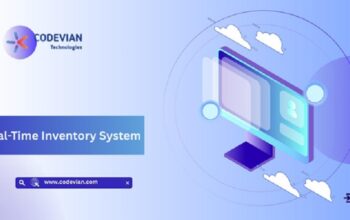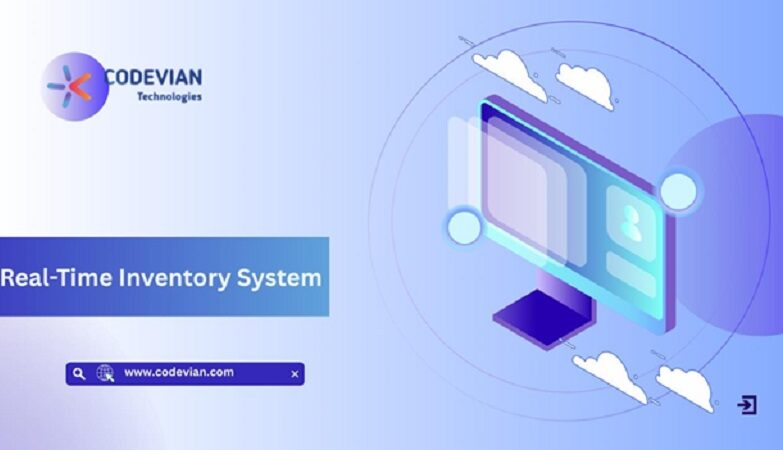A contour interval is a number that indicates the vertical distance between two successive contour lines on a map. It helps to measure the steepness of slopes and identify areas of elevation or depression. Topographic maps often use contour intervals to represent terrain features, such as mountains, hills, valleys, and other physical features. They are also used in some engineering applications to help assess the impact of a proposed construction project on the surrounding environment.
Types of Contour Definition
There are several contour definitions, each with unique characteristics and uses.
- Index contour
A contour interval on a map is typically darker or thicker than other contours and is used to indicate the elevation or depth of that contour line. Index contours are usually found at specific intervals and are used as reference points for determining the elevation of other points on the map.
- Intermediate contours
Intermediate contour lines are the thinner, darker lines shown on a contour map and indicate elevation changes that are less pronounced than those indicated by the index lines. They typically have a spacing of five to ten metres, denoting small rises or falls in elevation across the terrain.
- Supplementary contours
Supplementary contour lines indicate features that cannot be accurately depicted with the other contours. These can feature small elevation changes and may be marked with a symbol or line pattern different from the main contours. For example, they may appear as dashed or dotted lines while the main contours are solid.
Uses of Contour Intervals in surveying
Contour intervals play a vital role in surveying and cartography and have various uses. Some of the contour interval uses are mentioned below:
- Determining elevation: Contour lines on a map can be used to determine the elevation of a specific point on the land surface.
- Determining slope: Contour lines can also be used to determine the slope of the land surface. By measuring the distance between contour lines, the slope of the land can be determined. The closer the contour lines are, the steeper the slope.
- Creating a three-dimensional representation: Contour maps can create a three-dimensional representation of the land surface. When contour lines are used in conjunction with elevation values, a map can be made that shows the shape of the land surface and the elevation at each point.
- Identifying natural features: Contours make it easier to identify natural elements, like valleys, hills, ridges, and mountains, by following the patterns of the contour lines.
- Determining areas of equal elevation: Contour lines can also be used to determine measurements of equal height, which can be useful for various applications such as land use planning, civil engineering, and natural resource management.
- Topographical mapping: Contours are the primary means of creating a topographical map showing the land surface’s relief. Topographical maps are widely used for various purposes, including hiking, orienteering, urban planning, and civil engineering.
- Site analysis: Contours are also used in site analysis, which evaluates a specific piece of land to determine its suitability for a particular use. It could include analysing a parcel of land for development or assessing a site for placing a wind turbine or solar panel.
Applications of Contour Maps in surveying
Contour maps are used in various applications in surveying, including determining the inter-visibility between two points, determining the drainage area of a specific location, and determining the reservoir capacity. Here is an in-depth look at each of these applications:
- Determination of Inter-visibility: One of the most common applications of contour maps in surveying is determining the inter-visibility between two points. This data is crucial for the design of wireless networks, radio and television transmission, and military operations. Contour lines can determine the line of sight between two points, which is useful for various applications, such as communication and navigation.
- Drainage Area: Contour lines can also be used to determine the drainage area of a specific location, which is useful for designing and managing drainage systems. By using contour lines, surveyors can calculate the size of ground that drains into a particular site, such as a stream or river. This information can be used to design drainage systems, such as ditches, channels and canals, to manage water resources and control flooding.
- The capacity of the reservoir: Another important application of contour maps in surveying is determining a reservoir’s capacity. The contour lines on a map can determine the volume of water a reservoir can hold, which is useful for designing and managing the reservoir. It is done by selecting the area between a given contour and the next highest one and multiplying this area by the contour interval. This information can determine the maximum amount of water stored in a reservoir and optimise water resource use.
Conclusion
In conclusion, contour intervals play a crucial role in surveying and cartography, providing valuable information about the shape and elevation of the land surface. There are several contour definitions, including index, individual, and supplementary, each with unique characteristics and uses. It is also important to choose an optimum contour interval consistent with the map’s scale and the type of terrain being represented. Contour intervals on a map provide a visual representation of the land surface, simplify the understanding of the land surface and its natural features, and are a powerful tool for land management and development.
Infycons is one of the best surveying solution providers that use advanced surveying equipment and techniques to accurately and efficiently measure and map the land surface. Infycons can provide the best solution in surveying and contour definitions through their AutoPlotter software. This advanced software allows for the efficient and accurate collection and analysis of survey data and the creation of detailed contour maps. The software has various advanced tools and features, including real-time data processing and automatic contour generation. It includes using GPS, laser technology, CAD and other devices.
Overall, Infycons’s AutoPlotter software offers a comprehensive and effective solution for surveying and contour definition. They can provide a complete solution for surveying and contour mapping, combining advanced technology, expert knowledge, and tailored services to meet the unique needs of their clients.








